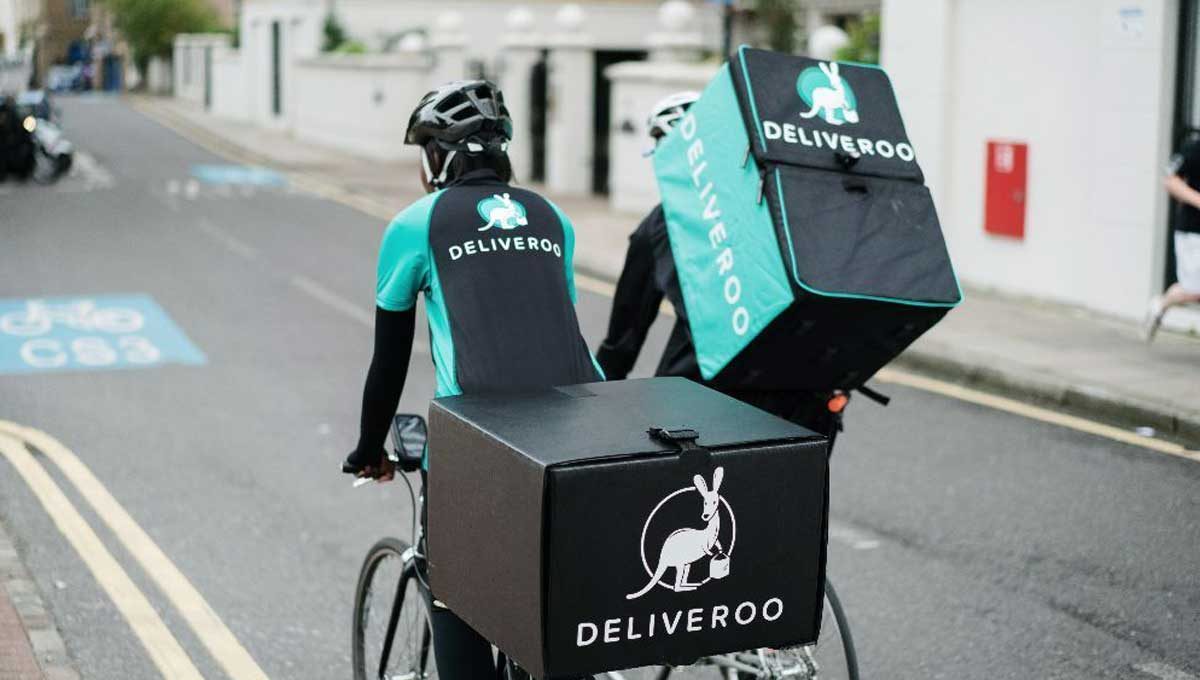In the past, ordering food for delivery meant contacting your local pizza parlor and placing an order by phone. Options were limited, and consumers had to go out to eat if their desired restaurant did not deliver. While this method of ordering is still by far the most common (90% market share), today’s increased smartphone penetration and recent app developments have resulted in a significant disruption of the restaurant and dining industry.
The IT systems that have given rise to the aforementioned disruption are food delivery platforms, which have allowed for the immense expansion of the food delivery industry. The market for food delivery currently stands at €83 billion, which is 1% of the total food market and 4% of food sold through restaurants (Hirschberg et al., 2016). The four major players in the industry are publicly traded companies Just Eat, GrubHub, Delivery Hero, and Takeaway.com.
Online food delivery platforms are revolutionizing the restaurant/dining industry by offering consumers increased convenience and choice. Through an app or website, customers are presented with extensive food options, all of which can be ordered and paid for within minutes.
Delivery platforms can be divided into two business models, namely the aggregators and new delivery platforms. Aggregator platforms show customers food offerings, prices, reviews, and more. Once customers order their meals, the restaurants handle the deliveries and aggregators earn a margin of every order, paid by the restaurant. Aggregators maintain a traditional business model, solely acting as a middleman to provide consumers with an overview of meal choices.
New delivery platforms, which emerged in 2013, are different from aggregators in that they also provide delivery logistics. This means that consumers are able to order from restaurants that did not deliver previously. This causes the long tail phenomenon, meaning consumers with various tastes are accommodated through the platform (Brynjolfsson & Smith, 2006). Restaurants that work with New Delivery platforms are typically high-end. These platforms allow for a number of advantages for various parties:
1. Consumers are offered a substitution for fine dining or cooking at home
2. The online delivery industry is expanded, rather than only increasing competition
3. Restaurants can increase income from new customers and can increase kitchen productivity
Applying the disruptive dynamics that internet platforms cause on Porter’s Five Forces, entry barriers are lower, the threat of substitutes rises, bargaining power of consumers becomes higher, and bargaining power of suppliers decreases, while rivalry among competitors increases (Porter, 2001).
The room for growth in the industry is undeniable. Prior to their IPOs in 2014, major players GrubHub and Just Eat raised total funding of less than €100 million, while Delivery Hero has €2.7 billion valuation versus €1.2 billion funding (estimated valuation to funding for Deliveroo is €1 billion vs. €400 million). With an estimated market growth of 3.5% per year and these increasingly higher valuations, food delivery platforms will likely see continuous growth in the future.
Group 18
Sources:
Brynjolfsson, E., Hu, Y., and Smith, M.D. 2006. From Niches to Riches: Anatomy of the Long Tail. Sloan Management Review 47(4) 67-71.
Porter, M.E. 2001. Strategy and the Internet. Harvard Business Review 79(3) 62-79.
Hirschberg C., Rajko A., Schumacher T., Wrulich M. 2016. The changing market for food delivery. [online] McKinsey & Company available at http://www.mckinsey.com/industries/high-tech/our-insights/the-changing-market-for-food-delivery

